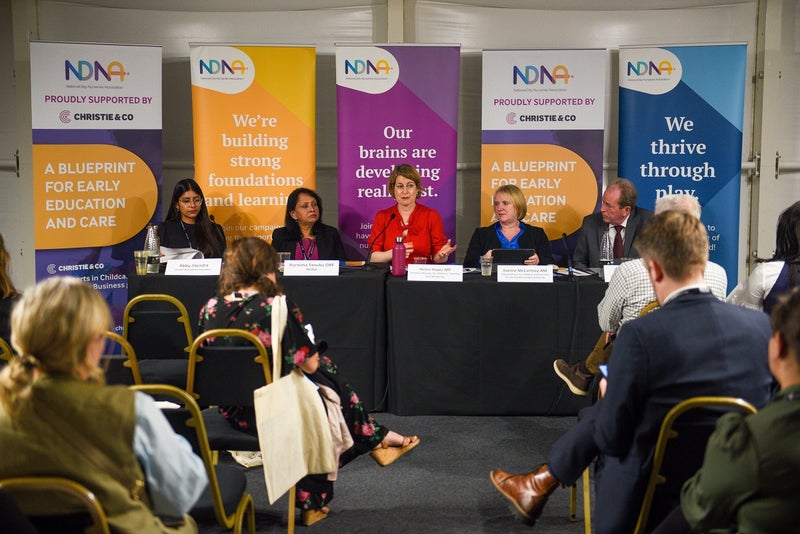What do the findings of Ofsted report mean for the childcare sector?
Following the recent publication of a report on childcare providers and inspections by Ofsted in June of this year, let's take a look at the key findings and what they mean in the current context of the sector.

The Ofsted report presented data up to 31 March 2019, looking at the number of childcare providers currently operating in England, average inspection ratings across the country, and the mix of premises where childcare is being delivered.
Currently in England there are 76,600 registered childcare providers, comprising non-domestic, domestic, childminders and nannies. While the Ofsted report notes that the number of providers has been in slow decline, with an overall 12% drop recorded since August 2015, this is largely due to the downward trend of childminders, which has decreased by 19% in the same period.
Conversely, the report showed just a 1% drop in non-domestic providers, which includes nurseries, pre-schools, and group settings, showing that operators are consistently in demand and securing the additional childcare places generated. This was further evidenced in Ofsted’s findings that 81% of all places are supplied by providers in non-domestic settings.
Comprising 36% of providers, those operating from non-domestic premises achieved 97% Good or Outstanding ratings, higher than the average of all providers in the UK which was at 95%. Overall, quality in the sector has seen a surge, with the report showing an 11% increase in good or outstanding settings since 2015. This suggests that there is a greater focus in the sector on quality, investment and gaining quality accreditation, bringing the standard up overall.
At a more granular level, the Ofsted findings show the ratings for regions and counties across England. Positively, the high level of quality seen nationally is generally maintained, with only 4% difference between the regions with the highest proportion of Good/Outstanding settings (97% in the North East and South West) and the lowest (93% in London).
However, when looking at Outstanding settings alone, there is slightly more disparity with the South East retaining the highest proportion at 23%, while the East Midlands has the lowest at 15%. The opportunity to achieve an Outstanding rating may differ between settings in different regions due to the fee disparity in areas such as the South East and Midlands. Along with this, the regional differences could also be related to other additional factors.
Affluence and expectations of parents in certain areas could contribute to the push for a provider to need an Outstanding rating in order to contend with its competitors and this is likely to be more prevalent in the South East than the East Midlands.
Another consideration is that areas with a big group operator presence typically see a higher proportion of overall higher ratings as all of the settings in a group work to the same standard. Additionally, groups tend to have more capital to reinvest in sites to boost resources, equipment and staffing, all of which contribute to an Outstanding rating.
While overall the standard across England is high and shown to be continually improving, regions such as the Midlands can move to meet the higher proportions of outstanding settings as the standards are there to be improved. There is an opportunity for both groups and individuals to benefit from branching into these areas and capitalising on the scope for growth.
It will be interesting to see how the dynamic of the sector continues changing, with types of providers and settings shifting, and what we might see in the future. What we can predict is that the strength, quality and opportunities in childcare will continue to develop, ensuring the thriving sector will remain an exciting one to operate in for years to come.



















